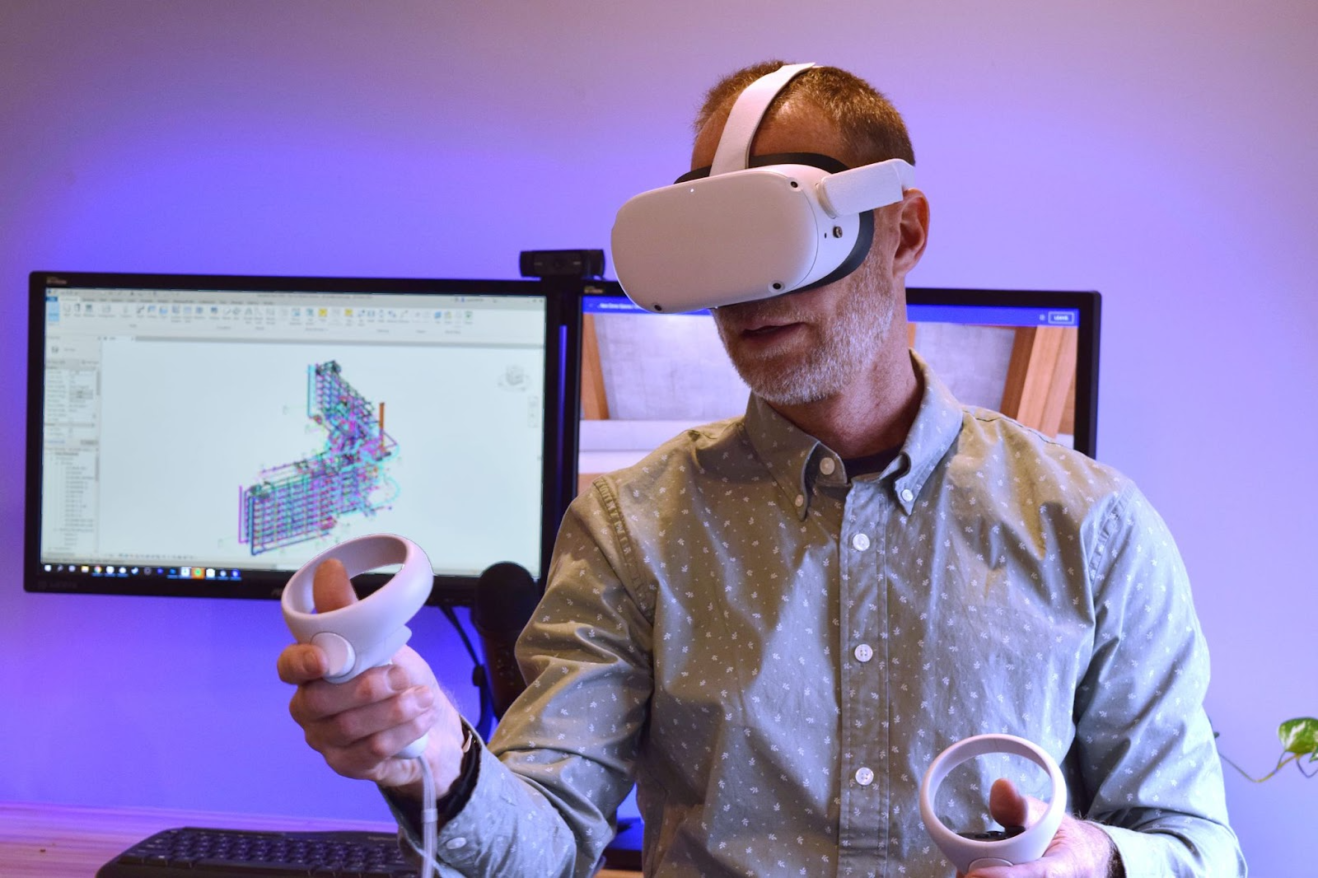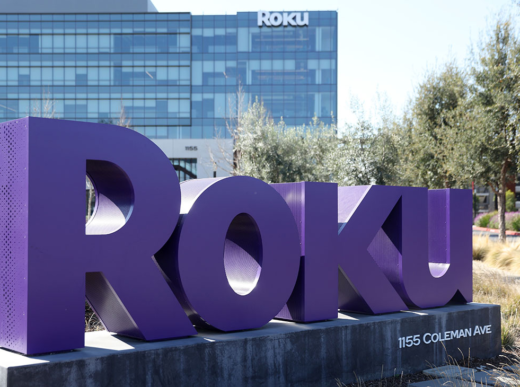The use of virtual reality (VR) in theatres is captivating audiences and providing immersive experiences. A recent play called “Smile” at the Dundee Repertory Theatre showcased the power of VR, as audience members donned headsets and were transported into the world of legendary football manager Jim McLean. This innovative approach, pioneered by Box Office VR, aims to extend the reach of theatre to untapped audiences. By offering VR performances accessible through affordable systems like Google Cardboard VR Glasses, Box Office VR hopes to attract individuals who may not have considered visiting a traditional theatre venue. Let’s explore how VR is transforming the theatre experience and opening up new possibilities for audiences.
An Immersive Theatre Experience
During the performance of “Smile,” audience member Ms. Doyle was taken aback by the intensity and realism of the VR delivery. The play allowed her to step into the dressing room during half-time, experiencing the raw emotions of the players and the manager’s impassioned feedback. This immersive experience left her feeling uncomfortable in a thought-provoking way. This innovative use of VR technology enhances the theatrical experience by transporting viewers into a 180-degree view of the stage and auditorium, providing a unique perspective and amplifying the emotional impact of the performance.
Expanding Theatre’s Reach with VR
Box Office VR, founded by Kelman and Gemma Grieg-Kicks, aims to make theatre more accessible to a wider audience. Their platform allows users to watch recorded performances through VR headsets, eliminating geographical limitations and physical constraints that may prevent individuals from attending live theatre shows. The accessibility of VR technology enables people who would not typically consider visiting a theatre to experience the magic of performances from the comfort of their own homes. To access the service, customers need to purchase their own VR headset, such as Google Cardboard VR Glasses, and insert their smartphone into the device. Box Office VR has successfully streamed shows to around 100 individuals so far, and its potential to reach even more people is promising.
Overcoming Size and Cost Barriers
Box Office VR’s vision goes beyond simply providing virtual theatre experiences; it also enables productions that may not have been able to tour due to size or cost constraints. This technology allows theatres to showcase performances that would otherwise be limited by physical venue capacities or budget limitations. The ability to capture and stream productions opens up opportunities for smaller theatres and niche performances to reach a wider audience. Established names like Sadler’s Wells dance theatre in London have embraced VR, offering a Digital Stage label for their online repertoire. York Theatre Royal has also experimented with making shows accessible through VR headsets, showcasing the potential of this technology in the theatre industry.
Conclusion
The integration of virtual reality into the theatre experience is revolutionizing how audiences engage with performances. Through the efforts of companies like Box Office VR, theatre is becoming more accessible to individuals who may have never considered attending a traditional live show. The immersive nature of VR technology allows viewers to step into the world of performances, transcending physical barriers and geographical limitations. With the potential to overcome size and cost constraints, VR opens up new possibilities for theatres to showcase their productions to a wider audience. As technology continues to advance, virtual reality is poised to shape the future of theatre, making it a more inclusive and immersive art form.















